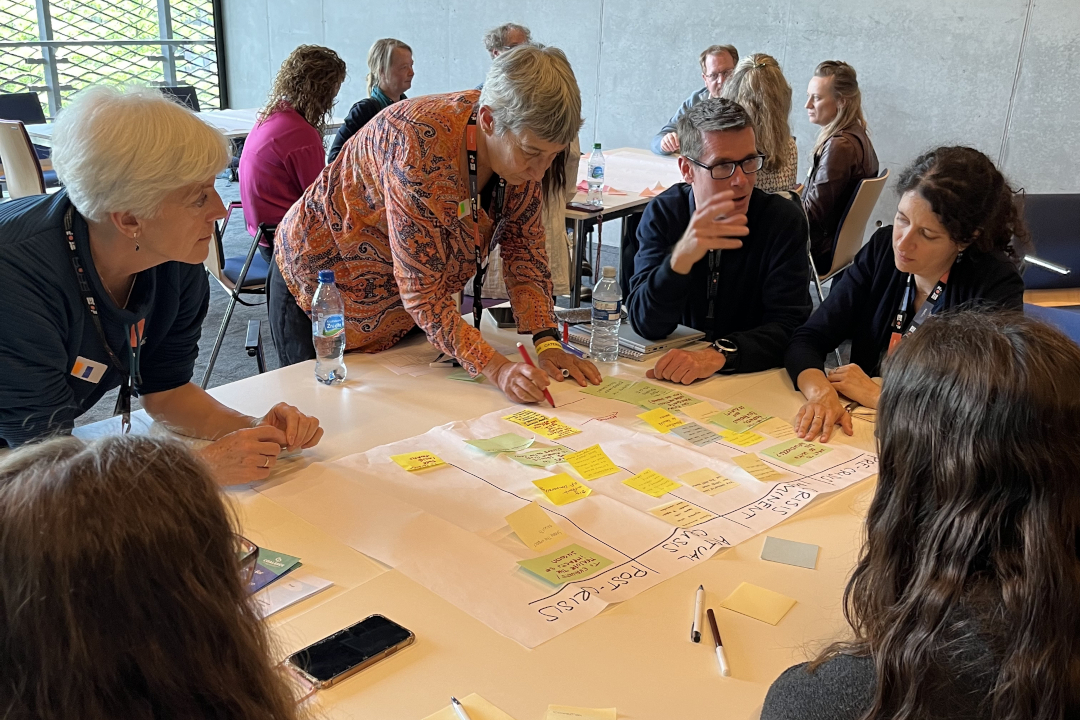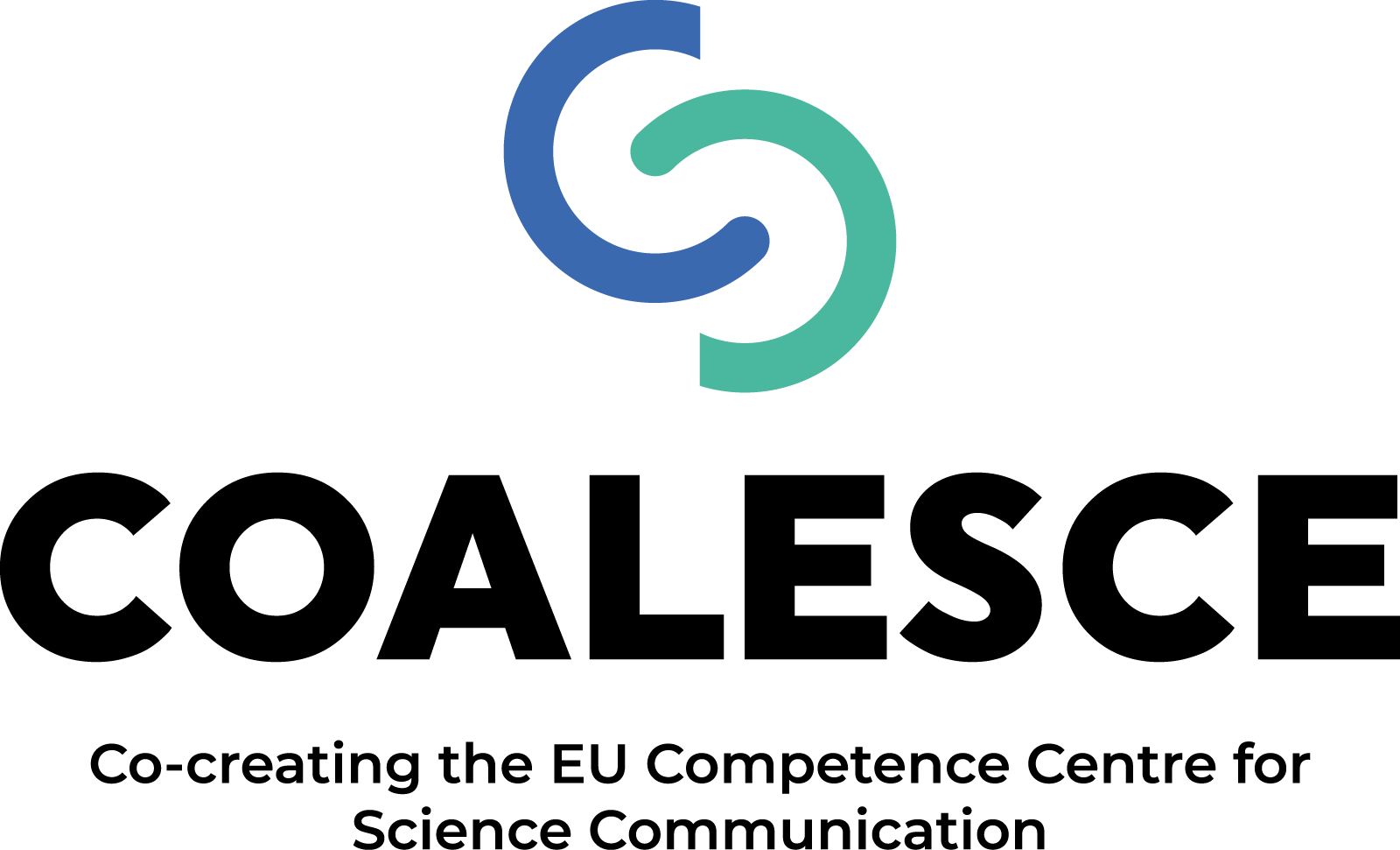How can science communicators contribute when a crisis emerges?

During ESOF2024, members of COALESCE facilitated a workshop to present and discuss the first version of the Crisis Navigator, a living guidebook that offers ideas and suggestions for reflective best practice to increase trust in science, tackle misinformation and assist citizens in making sense of crises. It aimed at gathering the specific challenges, needs and opportunities of different stakeholders involved in the communication of scientific information, to shape the next iterations of the guidebook.
The workshop was attended by around 20 participants from three distinct backgrounds: (1) science communicators and journalists, (2) researchers and (3) professionals involved in policy-making. After being presented with the Crisis Navigator, they were asked what they could do in their different roles and capacities to promote an effective flow of good-quality information before, during and after emergencies such as epidemics, earthquakes, flooding, but also long-term crises such as climate change.
Among other aspects, participants discussed the role of influencers: scientists, writers, politicians and artists who become communication beacons both on social media and in traditional media. While they can help convey important messages to the non-expert audiences, promoting vaccines during COVID-19, for example, participants noted that influencers may also disseminate incorrect information, create controversies and confusion, especially when they are not experts in the scientific fields relevant to the crisis.
Other points for discussion included the necessity for better clarity of roles, especially between politicians and scientists, when a crisis is underway; the available channels for communication to consider, which should not be only the media but also schools, libraries and in general places people attend and are familiar with; ensuring that public engagement in science and technology is seen as a duty for all researchers; and training journalists on statistics, so that they can interpret and communicate scientific data in a better way.
The discussions from the workshop – facilitated by Paola Rodari (SISSA Medialab, Italy), Giulia Bonelli (Formicablu, Italy), Kaelin DeLong (Athena Institute, Vrije Universiteit Amsterdam, the Netherlands), Joana Magalhães (Science for Change, Spain) and Jason Pridmore (Erasmus University Rotterdam, the Netherlands) – will feed the next versions of the guidebook, which will be made available via the European Competence Centre for Science Communication.


